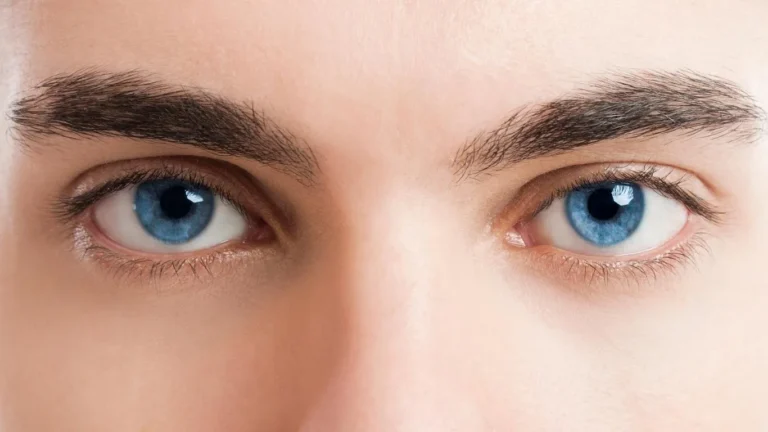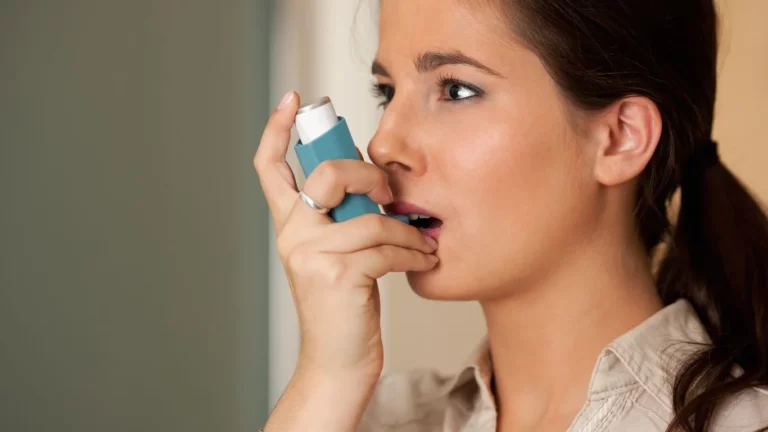Rheumatoid Arthritis and the Powerful Benefits of Massage Therapy
Living with rheumatoid arthritis (RA) can be a daily challenge. As a Rheumatology Nurse Practitioner, I’ve seen firsthand how this condition impacts my patients, and I’ve learned a lot about the subtle yet profound ways it affects their lives. While there are numerous treatment options available—everything from disease-modifying antirheumatic drugs (DMARDs) to biologics—there’s one therapy that often doesn’t get the attention it deserves: massage therapy. It’s not just a luxury or something that feels good after a stressful week; it can offer real benefits for people living with RA. And the best part? It’s a treatment that’s accessible, non-invasive, and when done correctly, can bring significant relief from the pain and discomfort that so many of my patients experience daily. In this article, we’ll dive into how massage therapy can help ease the symptoms of rheumatoid arthritis, why it works, and what you can expect from a typical session.
What is Rheumatoid Arthritis?
Before we jump into the therapeutic benefits of massage, let’s take a quick moment to talk about what rheumatoid arthritis is and how it affects the body. RA is a chronic autoimmune disorder where the body’s immune system mistakenly attacks its own joints, causing inflammation, pain, and stiffness. This can happen anywhere in the body, but it most commonly affects joints in the hands, wrists, knees, and feet. Over time, without proper management, the joints can become severely damaged, leading to disability.
As someone who works in this field every day, I can tell you that RA isn’t just about joint pain—it can take a toll on a person’s emotional well-being too. Fatigue, depression, and anxiety are common co-occurring symptoms that often go unaddressed, but they can dramatically affect a patient’s quality of life. That’s why looking at treatment from a holistic perspective—combining traditional medical therapies with complementary treatments like massage therapy—can help achieve better overall outcomes for people with RA.
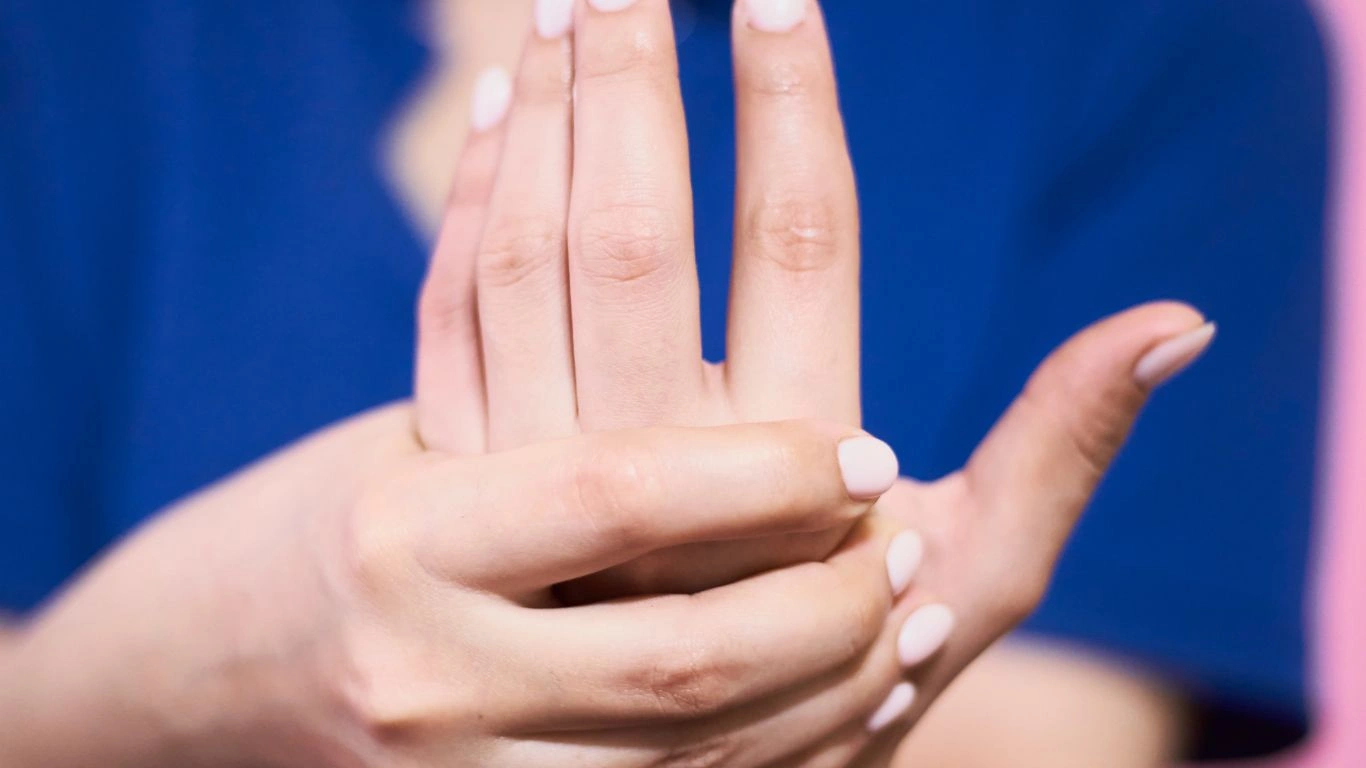
How Can Massage Therapy Benefit Those with Rheumatoid Arthritis?
Massage therapy isn’t just about relaxation (though that’s definitely part of it). For those with rheumatoid arthritis, it’s a way to manage symptoms, reduce muscle tension, and promote joint mobility. The benefits go far beyond just feeling pampered on a Sunday afternoon. But what exactly makes it so effective for RA? Let’s break it down:
1. Reduces Muscle Tension and Stiffness
One of the most common challenges people with RA face is muscle tension. As the disease progresses, joints become more inflamed and stiff, causing surrounding muscles to compensate and become tense. This can create a vicious cycle of discomfort, as the body tries to protect the inflamed joints but ends up creating new issues in other parts of the body.
Massage therapy helps break this cycle by promoting relaxation in the muscles. When muscles are less tense, the body is more mobile, and patients often report feeling less discomfort in their affected joints. This isn’t just about short-term relief, either—regular massage sessions can have a lasting impact on overall muscle tone and flexibility, which helps with long-term management of RA symptoms.
2. Promotes Joint Mobility
Another big benefit of massage for people with rheumatoid arthritis is its ability to improve joint mobility. While massage can’t “cure” RA, it can provide temporary relief by improving blood circulation and easing stiffness around the joints. This is especially beneficial for individuals whose RA affects joints in areas like the hands or knees, where mobility is crucial for daily activities.
By stimulating circulation, massage therapy helps deliver more oxygen and nutrients to the affected areas, which can assist with the healing process and reduce inflammation. This can also help prevent further joint damage and may help delay the progression of the disease. Of course, it’s important to note that the improvement in mobility varies from person to person, but many patients experience significant benefits.
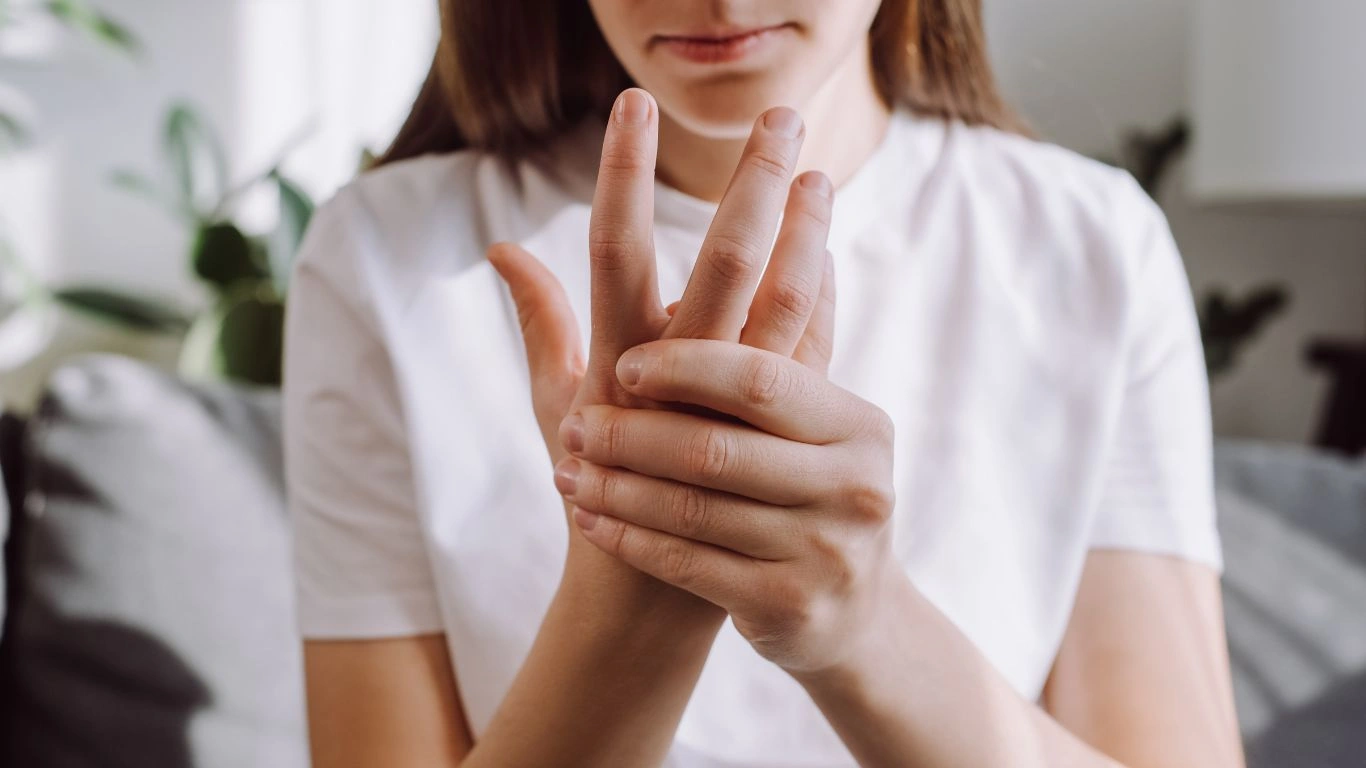
3. Reduces Stress and Promotes Relaxation
Living with RA can take a toll on mental health. The chronic pain, the unpredictability of flare-ups, and the fatigue can lead to anxiety and depression. A big part of managing RA effectively isn’t just about treating the physical symptoms; it’s also about addressing the emotional and psychological impacts.
Massage therapy offers a dual benefit here. On the one hand, it directly addresses muscle and joint issues. But on the other hand, it provides an opportunity for patients to unwind and de-stress. The soothing nature of massage helps lower cortisol (the stress hormone) levels, which can help manage stress and even improve sleep quality. And for someone with RA, better sleep can be a game-changer, helping with pain management and overall quality of life.
4. Improves Circulation
In RA, inflammation and pain often result from poor circulation in the affected areas. When the body’s blood flow is restricted, it can exacerbate symptoms like swelling, stiffness, and discomfort. This is where massage therapy comes in. By gently manipulating the muscles and soft tissues, massage stimulates blood flow, which can help reduce inflammation and increase mobility.
In addition, improved circulation means that more nutrients and oxygen can reach the affected joints, which may help with the body’s natural healing processes. It’s like giving your body a little extra boost to fight inflammation and speed up recovery.
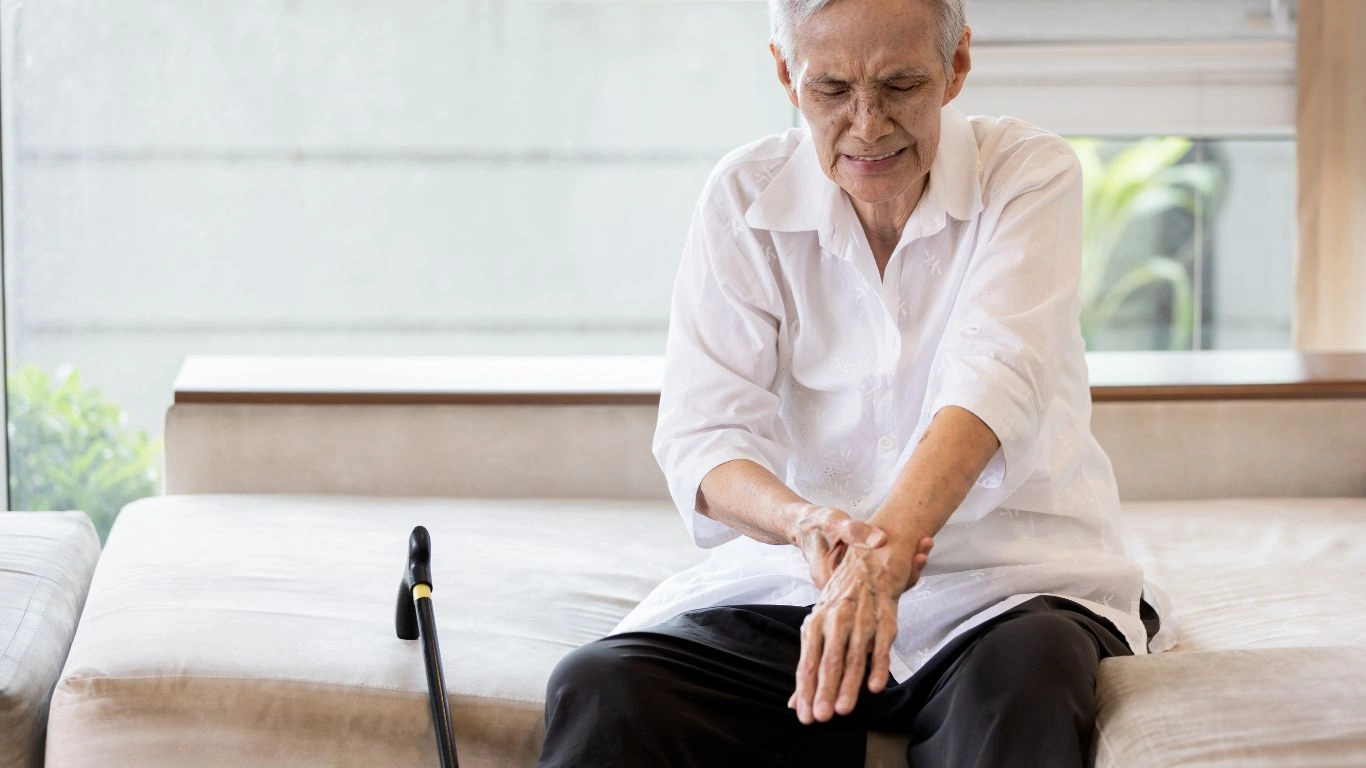
What Should You Expect During a Massage Therapy Session for RA?
So, now that we know how massage therapy can benefit those with rheumatoid arthritis, let’s talk about what an actual session might look like. First things first, it’s important to see a licensed massage therapist who has experience working with people with chronic conditions like RA. Not every massage therapist will be familiar with how to work around inflamed joints, so make sure to find one who specializes in therapeutic massage for chronic pain.
Typically, your therapist will begin by assessing your specific needs. They might ask about your symptoms, the areas of your body that are most affected by RA, and any specific goals you have for the session (e.g., reducing stiffness, alleviating pain, or improving circulation). Depending on your needs, the therapist may use a combination of techniques, including Swedish massage (gentle and relaxing), deep tissue massage (for muscle tension), or lymphatic drainage (to reduce swelling).
It’s also important to note that communication with your therapist is key. Let them know if something feels uncomfortable or if you experience any pain during the session. A skilled therapist will be able to adjust their techniques to ensure the session remains therapeutic and safe.
In the next section, we’ll talk more about how to find the right therapist for your needs and share some tips for getting the most out of your massage therapy sessions. But before we dive into that, let’s wrap up this part by summarizing the core benefits of massage for those with rheumatoid arthritis:
- Reduces muscle tension and stiffness
- Improves joint mobility
- Promotes relaxation and reduces stress
- Improves circulation and reduces inflammation
How to Find the Right Massage Therapist for RA Treatment
Finding the right massage therapist is crucial, especially when dealing with a condition like rheumatoid arthritis. You want someone who understands the nuances of RA—how it affects the body, the potential for flare-ups, and how to approach your treatment in a safe and effective way. Based on my years of experience working with RA patients, I can’t emphasize enough how important it is to choose a therapist who specializes in therapeutic massage for chronic pain or autoimmune conditions. Here’s what to look for when choosing a massage therapist:
1. Look for Experience in Treating RA or Chronic Pain
Not all massage therapists are created equal, especially when it comes to chronic conditions like rheumatoid arthritis. While a regular massage therapist may offer great relaxation, someone with experience in chronic pain management will be more attuned to the specific needs of RA patients. These therapists will know how to handle inflamed joints, which techniques work best for reducing pain, and how to adapt their methods for different stages of the disease.
In my practice, I’ve found that many patients report feeling better after their first therapeutic session, but the key is consistency. A good therapist will understand that your needs might change depending on your flare-ups, and they will tailor each session accordingly. If you’re unsure, don’t hesitate to ask about their experience working with people who have autoimmune conditions like RA.
2. Check for Proper Credentials and Certifications
Credentials matter. You’ll want a licensed massage therapist (LMT) or a certified massage therapist (CMT) who has completed accredited training programs. In the U.S., most states require therapists to pass a board exam and maintain certification through continuing education. Ideally, you’ll want someone who has additional certifications in therapeutic or medical massage, as these therapists often specialize in treating chronic pain, arthritis, and other musculoskeletal issues.
Don’t be afraid to ask your therapist about their background and what specific training they’ve received. A good massage therapist will be happy to explain their qualifications and how they approach treating conditions like rheumatoid arthritis. This gives you peace of mind, knowing that you’re in good hands.
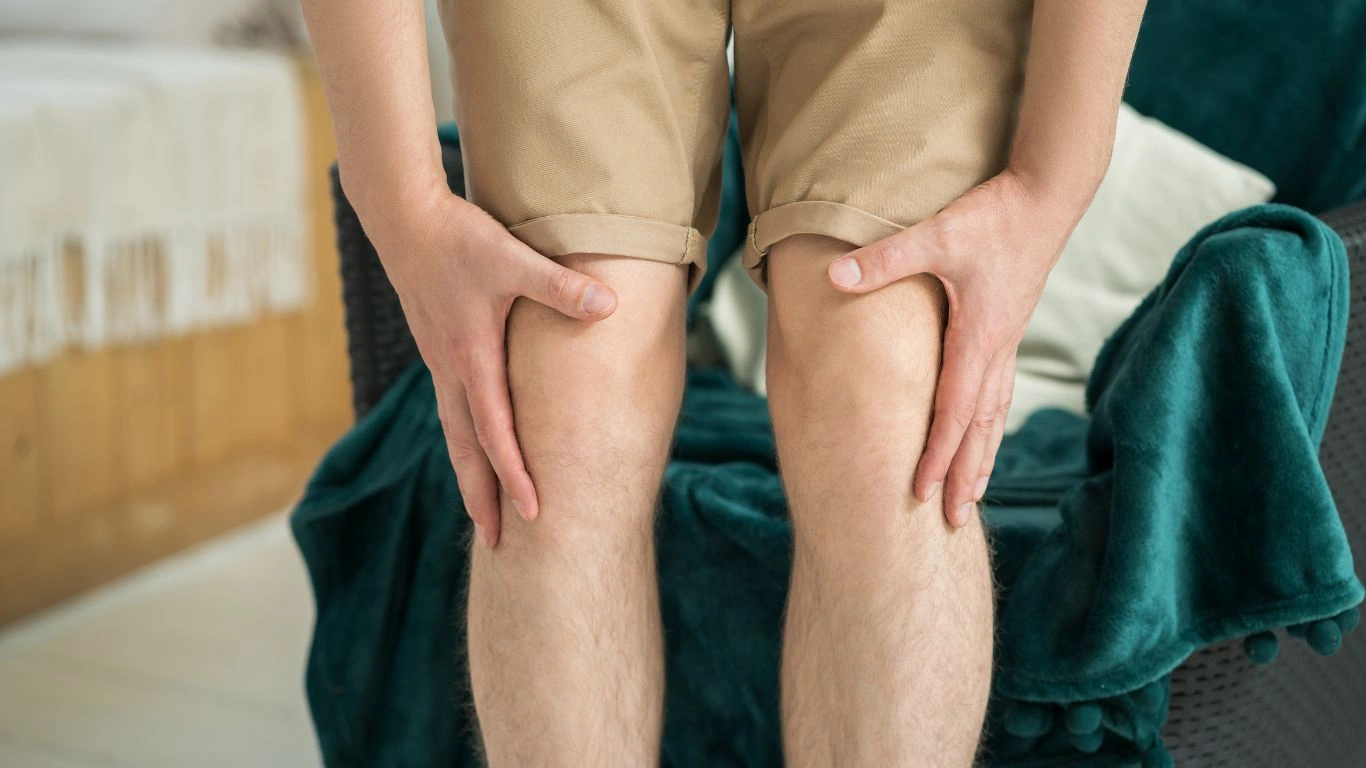
3. Communication is Key
Communication between you and your therapist is the cornerstone of a successful massage therapy session, especially if you have rheumatoid arthritis. Before your session begins, be sure to discuss your specific symptoms, areas of discomfort, and any concerns you may have. Let the therapist know if you’ve had any recent flare-ups or if there are particular spots that are more sensitive than others. The more information you provide, the better equipped your therapist will be to tailor the session to your needs.
In my experience, patients who actively communicate with their therapists about their pain levels, pressure preferences, and post-massage effects tend to experience better results. If something doesn’t feel right during the massage, let your therapist know immediately. They should be willing to adjust their techniques to make the experience as beneficial as possible.
4. A Personalized Approach
Every person with rheumatoid arthritis experiences the condition differently. Some people struggle with swelling and stiffness, while others battle constant fatigue or joint pain. A one-size-fits-all approach simply won’t work when it comes to massage therapy for RA. Instead, look for a therapist who is willing to personalize their approach based on your symptoms and preferences. For example, if you’re experiencing severe joint inflammation, your therapist might use gentler techniques, such as Swedish massage or lymphatic drainage, to avoid aggravating the area. On the other hand, if muscle tension is your primary concern, they may incorporate deeper tissue work.
This personalized treatment plan should be updated regularly based on how your body responds to the massage. For many of my patients, their RA symptoms vary day-to-day, and a flexible massage approach that changes with their flare-ups can make all the difference. If your therapist is willing to adapt and adjust over time, that’s a good sign that they’re focused on your long-term well-being.
What to Expect During Your First Massage Therapy Session
If you’ve never had a therapeutic massage before, you might feel a bit unsure about what to expect, especially if you’re living with rheumatoid arthritis. I completely understand the hesitation—it can feel strange or even intimidating to try something new when you’re already dealing with chronic pain. But don’t worry! I’ve worked with countless RA patients who were nervous at first, only to leave their first session feeling much better, both physically and mentally. Here’s what you can expect during your first massage therapy session:
1. Initial Assessment
Your first session will likely begin with an initial assessment. During this time, the therapist will ask questions about your medical history, your current RA symptoms, and any specific pain points you’re dealing with. They’ll want to know if you’re currently on any medications and if there are any areas of your body that are particularly tender or inflamed. It’s important to be as open and detailed as possible so your therapist can create a session that’s best suited for you.
2. Technique and Pressure
Once the therapist understands your needs, the actual massage will begin. Depending on your RA symptoms and preferences, they may start with gentle techniques to warm up the muscles before applying more focused pressure. This is particularly important if you have tender or swollen joints, as a lighter touch may be necessary to avoid exacerbating inflammation.
For some patients with RA, deep tissue massage may be an option, especially if muscle tension is a significant issue. However, this should be approached cautiously and only after discussing it with your therapist. Deep tissue work can be effective, but it’s essential that it’s done slowly and carefully to avoid any unnecessary strain on inflamed joints.
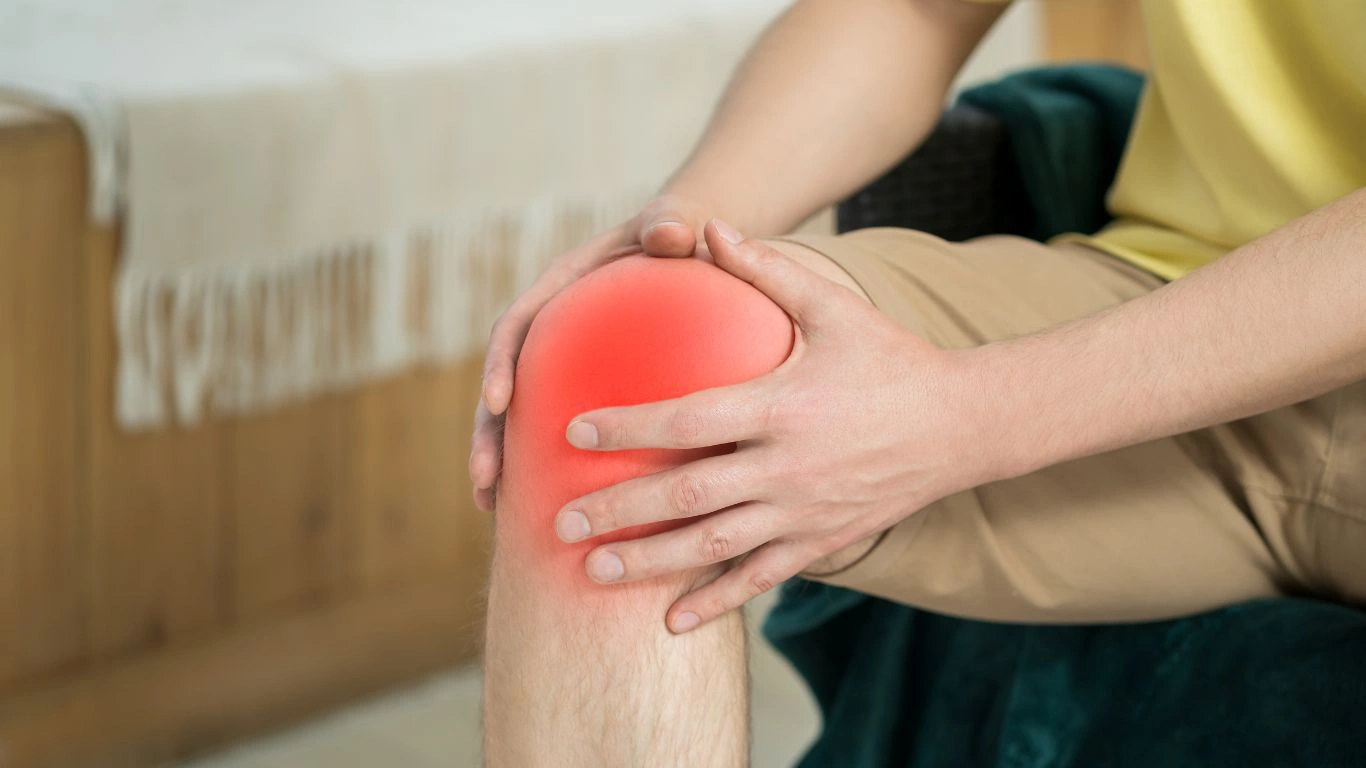
3. Relaxation and Aftercare
Massage therapy can feel incredibly relaxing, but be prepared for some post-session effects. Some people may feel a little sore the next day, especially if the therapist worked on areas that were tense or inflamed. This is totally normal and should subside within a day or two. It’s a good idea to drink plenty of water after your session to help flush out any toxins that may have been released during the massage. Additionally, you may experience improved range of motion and reduced joint stiffness in the hours and days following your massage.
If you’re new to massage therapy, don’t be discouraged if the first session doesn’t provide immediate relief. Like any treatment for rheumatoid arthritis, it may take several sessions to see significant improvements. Be patient with the process, and remember that consistency is key. Many of my patients find that the more regularly they have massages, the better their outcomes. It’s all about giving your body the time it needs to heal and respond to the therapy.
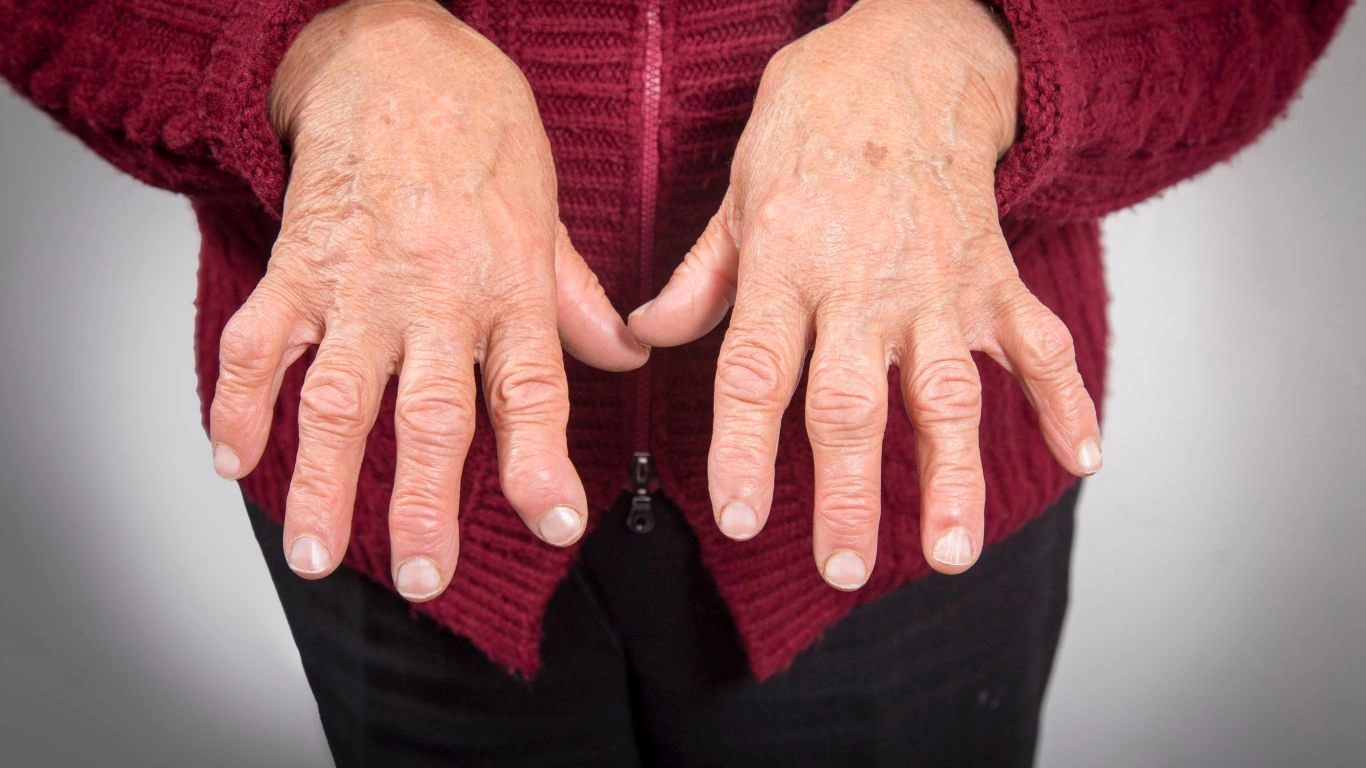
Additional Tips for Maximizing the Benefits of Massage Therapy for RA
Massage therapy can be a game-changer for those managing rheumatoid arthritis (RA), but as with any treatment, it’s important to approach it thoughtfully and consistently. Throughout my years of working with RA patients, I’ve learned that the best results come when massage therapy is combined with other healthy habits and a clear treatment plan. So, let’s talk about a few ways you can maximize the benefits of your massage sessions for RA. These tips will help ensure that you’re getting the most out of your treatment, and may even help improve your overall health and well-being.
1. Combine Massage Therapy with Regular Exercise
While massage therapy can help reduce inflammation, stiffness, and muscle tension, it works even better when combined with regular exercise. Now, I know that for many people with rheumatoid arthritis, the idea of exercising can feel overwhelming—after all, the pain and stiffness can make even basic movements difficult at times. But I’ve seen that regular low-impact exercise—such as swimming, walking, or yoga—can significantly improve flexibility, strength, and overall joint health.
When you combine massage therapy with an exercise routine that works for your body, you’re giving your muscles and joints the strength they need to better withstand daily stresses. Plus, exercise releases endorphins, which can naturally reduce pain and boost your mood. I’ve had many patients who find that after a massage session, they feel more limber and are able to move with greater ease during their exercise routine. It’s a fantastic one-two punch for managing RA symptoms.
2. Stay Consistent with Your Massage Therapy Sessions
One of the most important things I can recommend when it comes to massage therapy for RA is consistency. I’ve seen many patients experience relief after just one or two sessions, but for lasting benefits, regular sessions are key. Just like physical therapy, massage therapy requires consistency to help maintain muscle flexibility and joint mobility. Over time, it can also help reduce the frequency of flare-ups and prevent long-term damage to the joints.
Of course, everyone’s situation is unique, so the frequency of your sessions may vary. For some, once a week may be ideal, while others may find that biweekly or monthly sessions work better. Your therapist will be able to guide you based on how your body responds to the treatments. But in general, sticking to a regular schedule will help you experience the best results.

3. Pay Attention to Your Body’s Response
Each person with rheumatoid arthritis has a unique experience with the disease, so it’s essential to listen to your body and pay attention to how you feel during and after each massage. If you’re feeling a lot of tenderness or pain after a session, that might be a sign that your therapist applied too much pressure, or that your body wasn’t ready for certain techniques. On the flip side, if you feel more mobile or less stiff after a session, that’s a good sign that the therapy is working for you.
In my experience, patients who keep track of how their body feels—both during and after each massage—tend to have the best outcomes. You might want to keep a journal where you jot down things like pain levels, mobility, mood, and any other symptoms you notice after each session. This can help you and your therapist adjust your treatment plan to better suit your needs. Plus, it gives you an opportunity to celebrate those small victories—like moving your wrist a little further or experiencing less morning stiffness.
The Role of Diet and Nutrition in Supporting RA Treatment
While massage therapy can provide significant relief from the symptoms of rheumatoid arthritis, it’s also important to remember that managing RA requires a comprehensive approach. That means considering factors like diet and nutrition as part of your overall treatment plan. I always encourage my patients to think of their body as a whole system that benefits from a balanced approach, and nutrition plays a big part in that.
1. Anti-Inflammatory Foods
As you probably know, RA is an inflammatory condition, which means that reducing inflammation is crucial for managing symptoms. One of the best ways to do this is by incorporating anti-inflammatory foods into your diet. Foods rich in omega-3 fatty acids—like fatty fish (salmon, mackerel, sardines)—can help reduce joint inflammation. Additionally, fruits and vegetables rich in antioxidants, such as berries, spinach, and kale, can also support the body’s natural ability to fight inflammation.
In addition, turmeric, ginger, and garlic are well-known for their anti-inflammatory properties. You can easily add these to your meals to help reduce inflammation from the inside out. By combining massage therapy with a diet that supports your joints, you’ll be giving your body a better chance to stay strong and healthy in the face of RA.
2. Supplements for Joint Health
Some RA patients find that adding certain supplements to their routine can help support joint health. For example, glucosamine and chondroitin are popular supplements often used to promote joint health and reduce the effects of arthritis. Omega-3 supplements can also help reduce inflammation. Of course, before starting any new supplement regimen, it’s important to speak with your healthcare provider to ensure that they’re right for you and that they won’t interfere with any other medications you’re taking.
Remember, no single treatment—whether it’s massage, medication, or diet—works in isolation. The most effective way to manage rheumatoid arthritis is by combining several strategies that support your body’s overall health and well-being.
Disclaimer
The information provided in this article is intended for educational purposes only and should not be construed as medical advice. While massage therapy can offer significant benefits for people with rheumatoid arthritis, it is important to consult with your healthcare provider before making any changes to your treatment plan. Every individual’s experience with RA is unique, and your healthcare provider can help guide you in choosing the best treatment options for your specific needs. Always seek the advice of a qualified healthcare professional with any questions you may have regarding a medical condition or treatment.
For more information on rheumatoid arthritis and effective management strategies, visit trusted sources like the National Institutes of Health (NIH) or Health.com.

Tarra Nugroho is a dedicated Nurse Practitioner with a strong foundation in family and preventive care. She brings both compassion and clinical expertise to her practice, focusing on patient-centered care and health education. As a contributor to Healthusias.com, Tarra translates medical knowledge into clear, empowering articles on topics like women’s health, chronic disease management, and lifestyle medicine. Her mission is simple: help people feel seen, heard, and informed—both in the clinic and through the content she creates. When she’s not caring for patients, Tarra enjoys weekend hikes, plant-based cooking, and curling up with a good health podcast.


